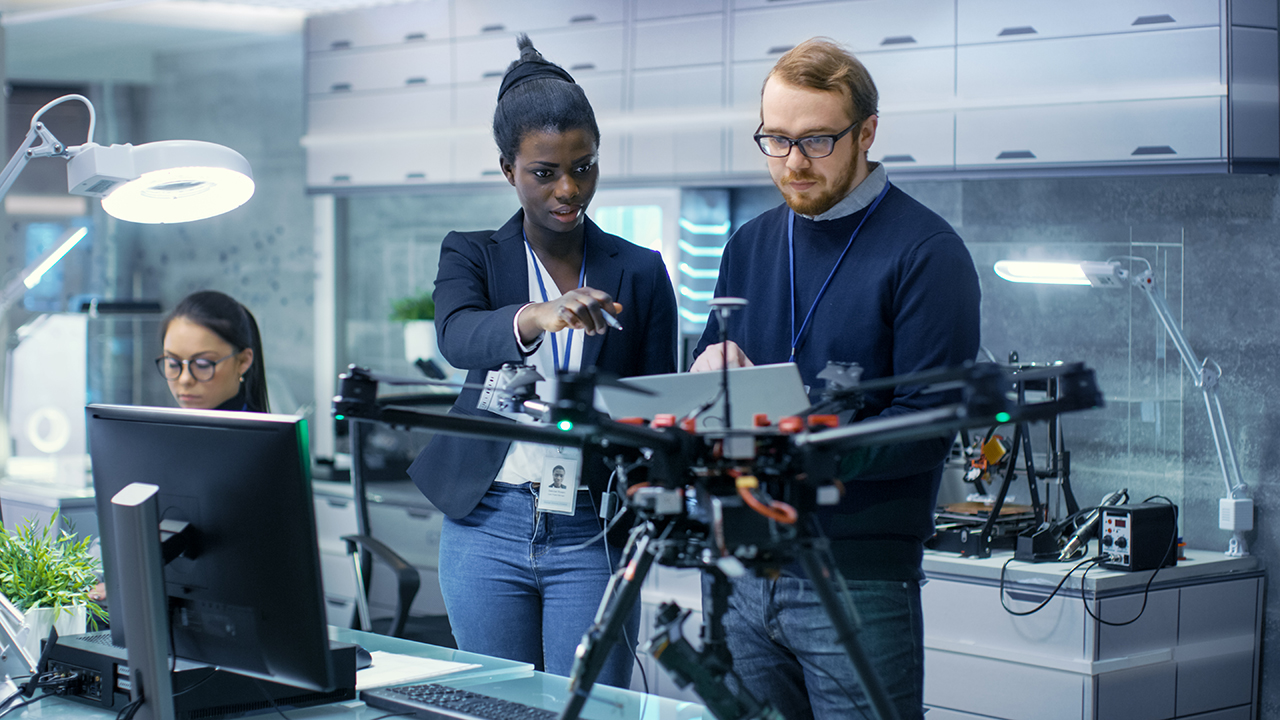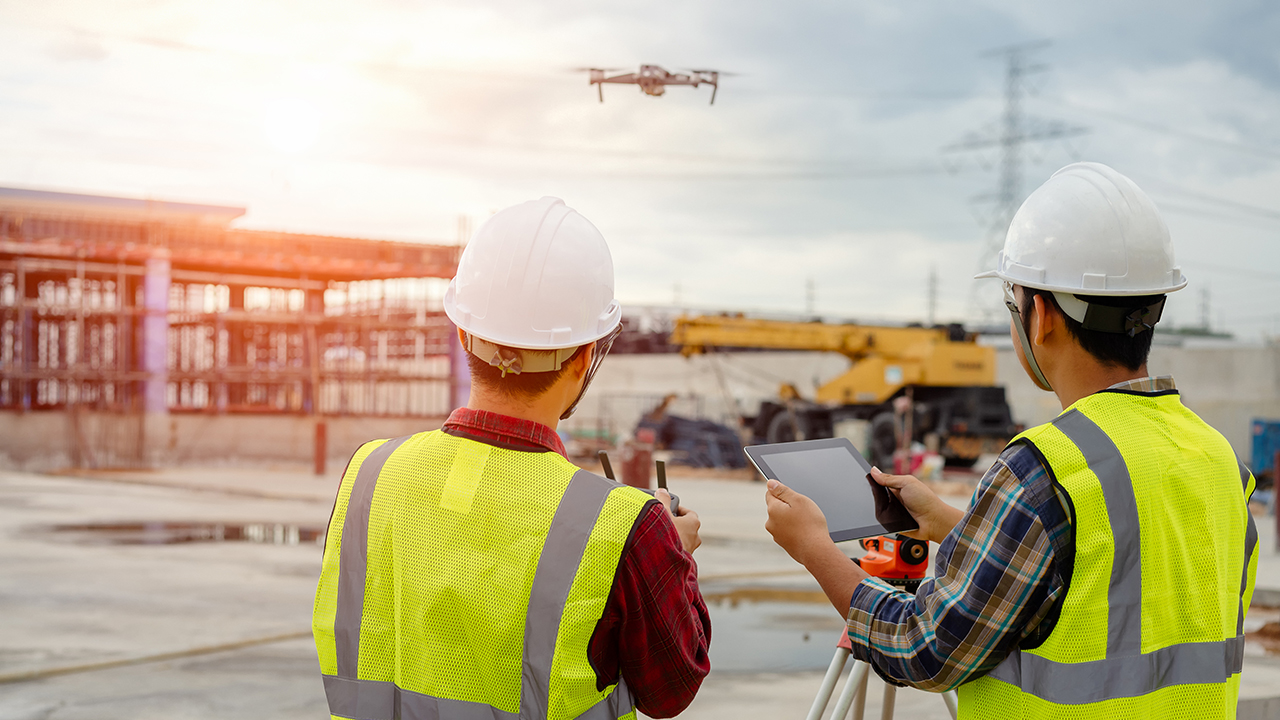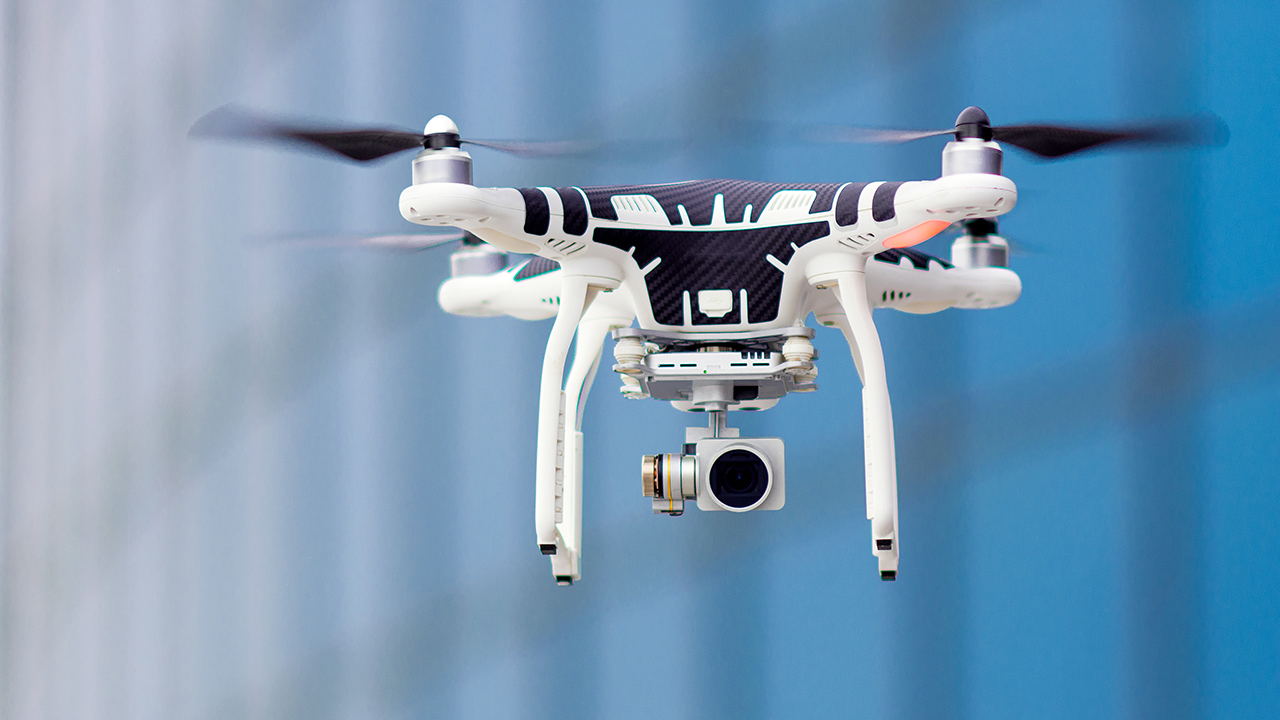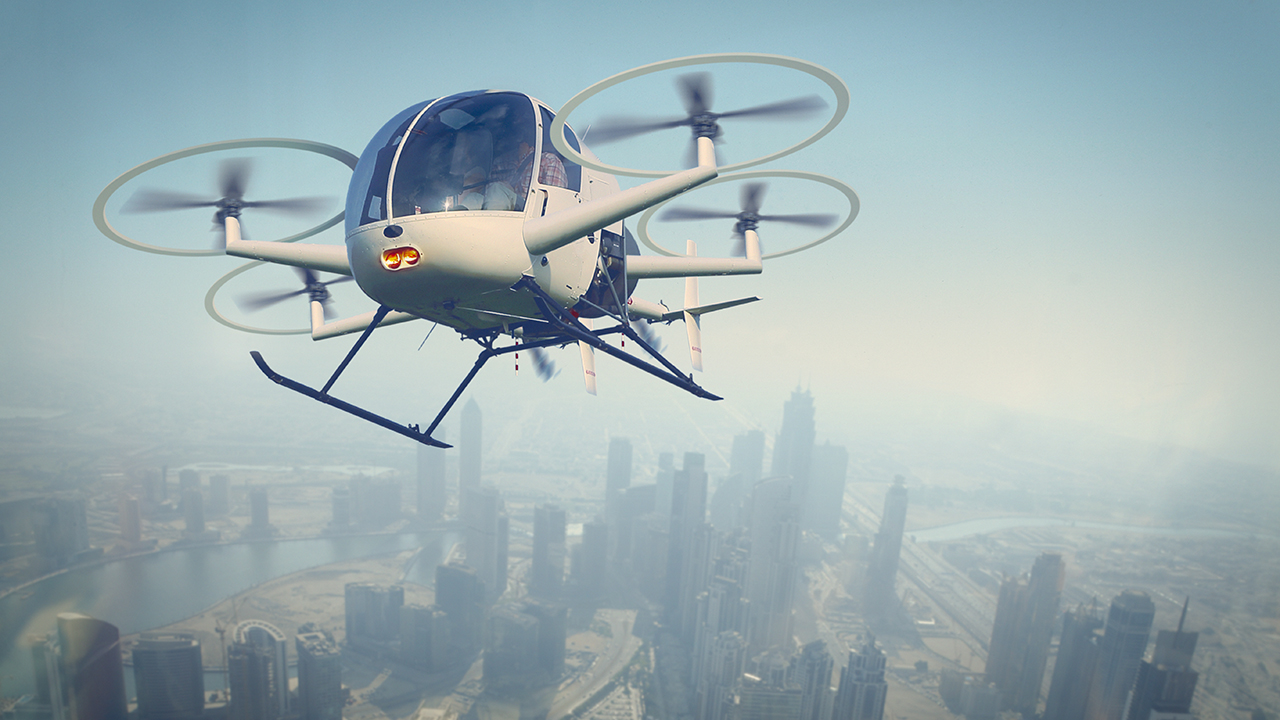Drones are developed for increasingly diverse use cases over time. From toys to unmanned aerial vehicles (UAVs) used for military surveillance and combat to a huge range of uses in commercial markets, drones have come a long way since their inception. Commercially, they are now being used for a
multitude of IoT applications including real estate marketing, movie making, search and rescue missions, agriculture, food and medical supply delivery, and more.
Companies like Domino’s and UPS have already started using this innovation for delivering pizza and medical samples, respectively. Amazon will also deploy this technology to deliver parcels to your doorstep in the foreseeable future. On top of that, it has been anticipated that the
global drone market will escalate to over $43B in 2024. This is a great time to be drone developer.
However, with the soaring popularity of drones, the interest of hackers to hack into them in mid-flight is also increasing, as are concerns for privacy. So, the answer to the question of whether drones can be hacked is, unfortunately,
yes. And they can also be used to hack other devices and steal data. This means that with the burgeoning market for drones, there is a critical need for cybersecurity. Let's explore this and other topics of interest to drone developers and enthusiasts.
How Can Drones Be Hacked?
Hacking into a drone is similar to hacking into a computer, and hackers can access them from
up to a mile away. They just need to create a connection to your drone by intercepting the signal. The radio signal is usually unencrypted, so there's an interim step to decode it with a packet sniffer. If they can achieve this, block the signal and connect your drone to their device, they can manipulate your gadget to work as they choose.
Let’s take an example of GPS spoofing, a technique hackers can use to send false GPS coordinates to the drone’s receiver. (Note that GPS spoofing can also be used to thwart malicious drones.) As a result, the operator may think that the drone is following the right flying pattern, but it is being steered to a different location. The hacker can crash the drone deliberately or navigate it to the location of their choice to access the data.
A hacked drone can potentially build a backdoor into an organization’s wireless network, causing network interference and threatening productivity as well as profitability. In the event of data theft, the downtime incurred may cost businesses a fortune and damage their relationship with clients or customers. Hackers can also gain access to proprietary information, enabling competitors to access trade secrets.
That's the bad news. The good news is that drones can be secured, just like any other wireless device.
How to Enhance the Security of Drones

For the reasons stated above, it's critical to take measures to secure your drone against threats. Since smart problems have smart solutions, there are many ways to improve drone security.
Drone Developers: Start with Secure Components
Wireless security starts with the manufacturer of your components, and must be addressed at every point along the way, from wireless device design and firmware development to securing the device for end use with secure user permissions. At Digi, we believe in a secure-by-design approach, which means our embedded XBee® devices and ConnectCore® family of system-on-modules have built-in security with
Digi TrustFence®, providing the building blocks for development of secure wireless products. We also advise our developers on secure design best practices through our
security site, our field application engineers and available
Wireless Design Services.
Perform Frequent Firmware Updates
Naturally, remaining in control of your own device's code is critical. Stay abreast of new security threats as they emerge and ensure your drone is equipped with the latest patches, if you purchase your drone from a manufacturer. And if you are the manufacturer, of course you want to provide security patches to your customers.
Secure the Controller
Whether you use a remote, laptop, or smartphone to control your drone, you need to ensure it doesn't get infected by malware. If possible, try to use the controller only to operate your drone. Thus, you don’t have to download programs or apps on your device that may not be trustworthy. For example, a U.S. military drone was reported to get hacked because the operator used the controller for downloading a video game that came with malware.
Employing best practices for the security of connected devices is just as imperative for drones and the devices they connect to, as it is for other any other wireless device. For example, you can install antivirus software to keep UAV security threats at bay. Be sure to purchase a premium antivirus because "you get what you pay for," and many free antivirus programs are not reliable. They may be able to detect viruses but don’t have the potential to prevent them.
Employ a Virtual Private Network or Create a Private LTE Network

Since hackers can intercept the signal and connect their own device to your drone, another method is the use of a virtual private network (VPN) or
private LTE network.
Subscribing to a
virtual private network service lets you keep your Internet connection secure from hackers. A VPN acts as a gateway to the Internet and encrypts your connection, preventing hackers from gaining access to your device.
Private LTE networks are a method that is rapidly being adopted today, especially in commercial use such as in contained areas. This method involves creating a non-public wireless network based on cellular LTE technology. Private LTE networks use small cells – similar to Wi-Fi access points – which are installed on site and then operated by a managed service provider (MSP). See our
Private LTE Based on CBRS page to learn more about the security and reliability of this methodology, as well as use cases.
Ensure your Drone has a Return to Home (RTH) Mode
RTH mode is a security feature that enables your drone to return to an accessible landing location. Once you set the takeoff position of your drone as a reference point, your gadget will return if it loses signal or its battery drops to a specified level. But make sure to fly your drone in a clear area without interference and update the takeoff point before any flight to ensure it always returns to its starting point.
These are some of the measures you can take to level up the security of your drones. Additionally, you can ensure that you use your drone in less populated areas where hackers are not a threat, and not to follow the same flying pattern regularly. These measures can help reduce the risk of your drone getting hacked.
Can Drones Be Tracked?

The market growth for UAVs has made one thing abundantly clear. Government and military regulations will be regularly issued to protect the privacy of citizens, protect sensitive data and ensure safety. The ubiquitous and potentially risky use of drones by private citizens comes into the spotlight when private drones enter no-fly zones or are found to be used to invade privacy.
Additionally, as we've discussed, drones can be used to hack other devices like servers, spy on networks, intercept data, and disrupt communications. Drones can also be used for criminal intent to survey homes and cars prior to burglary, or enter restricted areas. And the risk of drones being used to deliver malicious payloads is an obvious concern.
How Technologies Can Help in Tracking Malicious Drones
Preventing illegal and malicious use of UAVs means authorities, airports and mission critical operations must be able to track them. Today, drones can be tracked using radar and other technologies such as RF scanners, radar and acoustic sensors.
RF Scanners
Radio-frequency scanners check the electromagnetic spectrum within the protected area to recognize any form of communication between a drone and its controller. However, RF scanners are only effective in the presence of radio signals. Drones that rely on GPS and don’t use signals can’t be detected using this method.
Radar
Radar uses radio frequency (RF) waves, and can be used to identify drones in a given area, whether they use RF, GPS, Wi-Fi or cellular communication. Radar detection relies on an object's radar cross section (RCS) which is essentially its level of detectability when radar signals are reflected off surfaces, and are most effective in detecting surfaces like metals. However, since any flying object, including birds, can be detected, this method requires high-definition radar and the use of a database of "signatures." Increasingly, AI and machine learning support precise, rapid identification of drones by radar.
Acoustic Sensors
Acoustic sensors can find those drones that radars miss to detect. They are programmed to identify the sounds or vibrations generated by the propellers or motors of drones and run them against a database of acoustic signatures. If a match is found, the system triggers an alert.
The Market for Drone Detection
In addition to designing and building drones, this is another market opportunity for developers in the private, commercial and government drone sectors. Sophisticated detection solutions like
Drone Watcher by DeTect Intelligent Sensors and
AirGuard drone detection by 911 Security can support safety and security for governments, aviation no-fly zones and mission critical operations against the threat of malicious drones.
Can Drones Be Used for Transporting People?

As weight-bearing drone technology has advanced, they can indeed be used for transporting people. Since the days of
The Jetsons - a 1960's futuristic cartoon by Hanna-Barbera Productions – the world has dreamed of a day when flying cars would be a reality. In recent years, a number of companies have been designing and manufacturing passenger drones.
The technology for transporting passengers with drones has been under development for some time. An autonomous drone called
Ehang 184, announced in 2018, is a completely electric passenger drone with four propellers. The self-flying vehicle is capable of carrying two passengers or a total of 460 pounds at a time. Ehang 184 also successfully managed to fly at a cruising speed of 80 miles per hour and completed a routed test flight of 9 miles.
Recently, air mobility trials were announced by a group called the Single European Sky ATM Research (Sesar) U-space demonstration project. The project will be testing smart city air mobility services over the next two years in several cities across Europe - Santiago de Compostela in Spain, Cranfield in the UK and Amsterdam and Rotterdam in the Netherlands. The trials will include a range of use cases including air taxi operations, cargo transport, delivery of goods and medical equipment, inspection of infrastructures, police surveillance and emergency services support.
Air taxi services are said to be "closer than you think." For example,
Uber Air has plans to ferry people from place to place and shows a compelling video on the site with citizens using the same mobile app they currently use for Uber ground services.
Needless to say, these people-carrying drones require an air traffic control system and vertiports where they can land, and be charged and stored. Existing helipads are an option, but they lack space for parking or charging and might not be in regions where people want to travel. So there is much to achieve for this market to come to fruition. When it does, the launch of this new class of vehicles will certainly disrupt the mobility sector and transform the way people commute.
The Future of Drone Technology
Drone innovation is exciting, even with its risks and challenges. With the rapid market growth in UAVs for commercial and government use, the opportunities for developers to build drones and related detection and security services provides ample opportunity. For example, an enormous use case for drones moving forward will be environmental stewardship and
clean technology – from reducing the use of vehicles that burn fossil fuels to detection and monitoring of forest fires, wildlife and environmental hazards. Technologies supporting advances in this market, including the
advance of 5G, AI, machine learning and connected vehicle technology, will enable more sophisticated solutions as they mature.
Digi International supports the full range of development and deployment needs in IoT and M2M, from planning, prototyping, design and application development to a full suite of
embedded solutions and
cellular solutions.
Contact us to start the conversation, or
sign up for our newsletter to keep abreast of new product announcements.